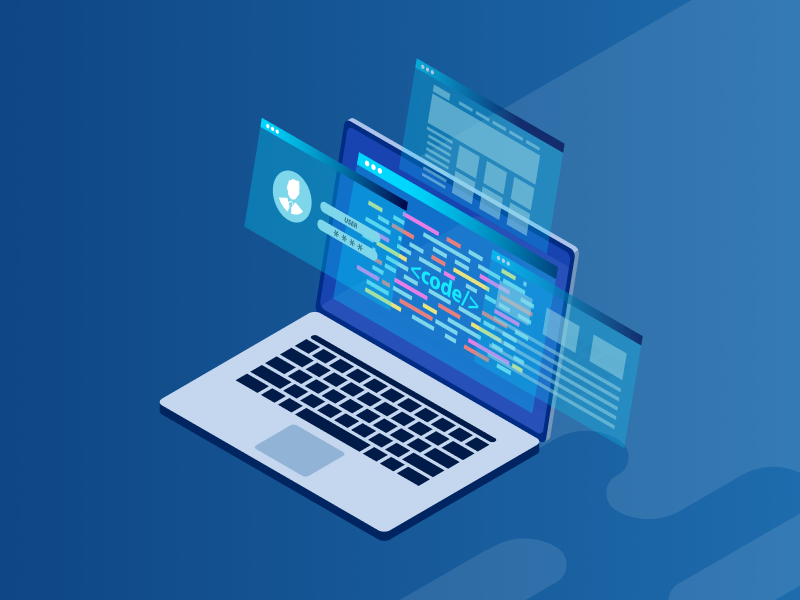Developing inhouse software was common practice many years ago, but soon after the introduction of cloud computing and ready-to-use solutions, things took a turn. Today, businesses around the world are backing out of in-house built IT systems to reduce costs and the historical dependency on internal IT departments, development, and support.
You should build your own fintech software internally if:
- Your requirements are very specific.
- There is no ready-to-use fintech software on the market, which sufficiently addresses your specific business needs.
- It is a critical issue to store all the data in-house within your control.
- You have financial resources and a strong IT department to build, maintain, and support the software in a long-term perspective.
Pros of developing fintech software in-house:
- You get complete control over the development process, including functionality. There are no limitations on customization, making changes and adding new features in the future.
- You retain ownership of the software code.
- You receive an exclusive application.
Cons of developing fintech software in-house:
- If you do not have an experienced IT team, you will need extra time to find these professionals. Be aware – a technical team forms one of the biggest parts of expenses in this process.
- Usually a huge amount of time is required to identify specific business needs and develop technical tasks, write the code, develop policies and documentation, integrate everything with business systems, develop gateways to external systems and partners.
- The fintech industry is changing rapidly. For this reason, the new release may be outdated and come to the market too late. You’ll get the working solution in 1 or 2 years. To the time you go live, you may need to make changes and work on additional developments because of the new industry or business requirements. In-house software development is an endless process. You must start working on the second version of the solution after you have completed all works on the first one.
- It is difficult to make precise calculations and budgeting. Usually the scheduled deadlines are postponed, and real expenses go over the budget. In other words, you must be ready - expenses will be unexpectedly high!
- And last, but not least, actually the most important point is that your solution must comply with regulatory requirements of fintech software. You need to be an experienced professional to understand and be aware of all regulatory requirements, because the expertise in developing solutions for fintech comes with years of experience.
OUR ADVICE: if you decide to develop a solution in-house, do not reinvent the wheel. For example, you can buy a ready-made backend system with all the business logic included and then connect it to your developed and designed frontend. It will be a good compromise for companies to which individual frontend is a must.
You should buy ready fintech software from a vendor if:
- You need to enter the market very fast and the schedule is critical.
- Ready-to-use solutions available on the market meet your business needs.
- You don’t have an experienced IT department, or you don’t plan to allocate a budget for massive IT department management.
Pros of buying software:
- You can save your time and start your operations with a ready-made solution that conforms with regulatory standards.
- You don’t require a huge internal IT team for the implementation and support stage.
- It means more precise budgeting and implementation plans.
- It is a proven and tested solution by many users. You can be sure about what you get if the solution is already used by well-known and reputable clients.
Cons of buying software:
- Developer retains the rights to source code.
- Product functionality is defined by the vendor and may not fit your specific business needs. Ask your vendor – how flexible the solution is to make changes and additional integrations in the future?
Evaluate all the pros and cons and decide on what works best for your business and fits your needs. Feel free to contact us – we’ll help you to make decisions that suit you best.

